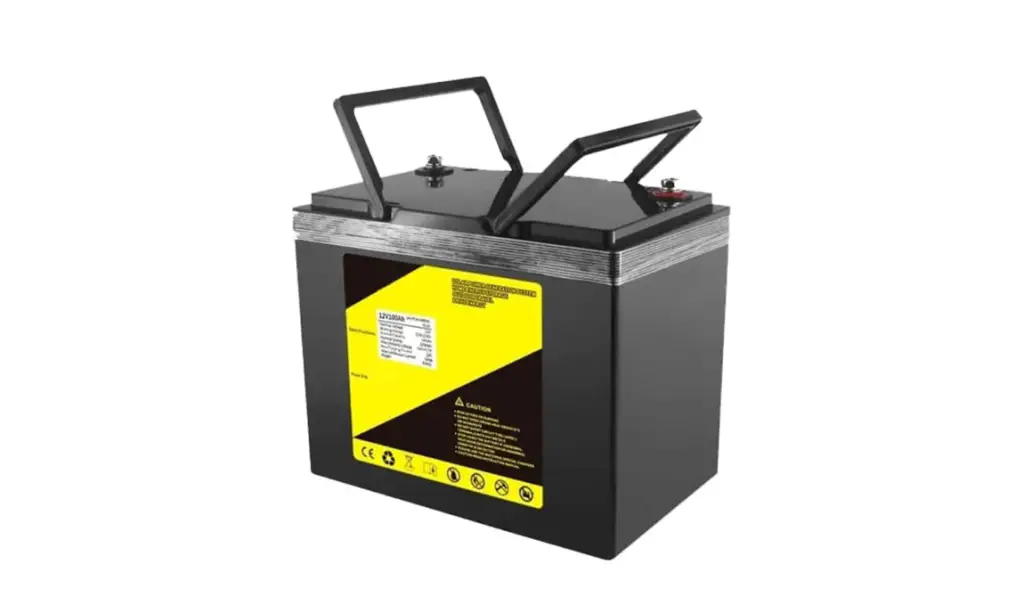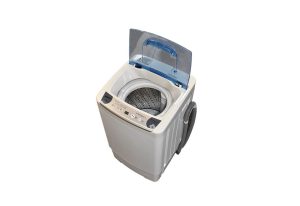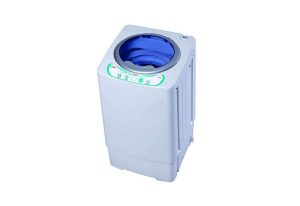Batteries are an integral part of our daily lives, powering everything from our smartphones to our cars. However, not all batteries are created equal. Two common types of batteries are deep cycle batteries and regular batteries. Understanding the differences between these two types is crucial, as it can affect their performance and longevity in various applications.
What is a Deep Cycle Battery?
Definition and Purpose
A deep cycle battery is designed to provide a steady and consistent flow of power over an extended period. It is commonly used in applications that require sustained power output, such as golf carts, boats, RVs, and renewable energy systems like solar panels and wind turbines. Unlike regular batteries, deep cycle batteries are built to withstand frequent charging and discharging without losing capacity.
Key Characteristics
- Thicker Plates: Deep cycle batteries have thicker lead plates, which allows for more extended and deeper discharge cycles.
- Lower CCA (Cold Cranking Amps): Deep cycle batteries have lower CCA than regular batteries because they prioritize delivering sustained power over short bursts of high current.
What is a Regular Battery?
Definition and Purpose
Regular batteries, also known as starting batteries, are designed to deliver a high burst of energy to start an engine. They are commonly found in vehicles, motorcycles, and lawn equipment. Regular batteries are optimized for providing a large amount of power in a short period, but they are not suitable for deep discharge cycles.
Key Characteristics
- Thinner Plates: Regular batteries have thinner lead plates, which allow for quick energy release during engine cranking.
- Higher CCA (Cold Cranking Amps): Regular batteries have a higher CCA rating to provide the necessary power for engine starting.
Differences between Deep Cycle and Regular Batteries
Usage and Application
The primary difference between deep cycle and regular batteries lies in their usage and application. Deep cycle batteries are ideal for applications that require sustained power output over an extended period, such as marine and renewable energy systems. On the other hand, regular batteries are best suited for vehicles and equipment that need a high burst of energy for engine starting.
Design and Construction
The design and construction of deep cycle and regular batteries also vary. Deep cycle batteries have thicker lead plates, enabling them to withstand frequent charge and discharge cycles. In contrast, regular batteries have thinner plates optimized for quick energy release during engine cranking.
Discharge Rate
Deep cycle batteries are designed to discharge at a slow and steady rate, making them suitable for extended use. Regular batteries, however, discharge at a much faster rate, making them better for short bursts of energy.
Rechargeability
Deep cycle batteries are more rechargeable than regular batteries. They can tolerate being discharged to a greater extent before recharging, whereas regular batteries are not designed for deep discharges and can become damaged if used in this manner.
Lifespan
Due to their construction and design, deep cycle batteries typically have a longer lifespan compared to regular batteries. With proper maintenance and care, deep cycle batteries can last several years, while regular batteries may need replacement more frequently.
Choosing the Right Battery for Your Needs
Selecting the appropriate battery type is essential to ensure optimal performance and longevity for your specific application. Consider the following factors when making your decision:
Factors to Consider
- Power Requirements: Assess the power demands of your equipment or system to determine whether you need sustained power output or high bursts of energy.
- Usage Pattern: Consider how frequently you’ll be using the battery and how deeply it will be discharged during each cycle.
- Maintenance: Think about the level of maintenance you are willing to invest in and whether you need a battery with a longer lifespan.
Common Applications for Each Battery Type
- Deep Cycle Battery Applications: RVs, boats, golf carts, solar energy systems, wind turbines, electric forklifts, and off-grid applications.
- Regular Battery Applications: Cars, motorcycles, trucks, lawnmowers, and other vehicles with internal combustion engines.
Maintenance Tips for Deep Cycle and Regular Batteries
Proper maintenance is crucial for ensuring the longevity and optimal performance of both deep cycle and regular batteries. Follow these tips to keep your batteries in top condition:
Ensuring Longevity
- Avoid Overcharging: Overcharging can lead to the premature aging of batteries, reducing their overall lifespan.
- Prevent Deep Discharging: Regular batteries should not be deeply discharged to prevent damage.
- Store Batteries Correctly: Store batteries in a cool and dry place to prevent degradation.
Proper Charging and Discharging
- Use the Right Charger: For deep cycle batteries, use chargers designed specifically for deep cycle applications.
- Avoid Rapid Charging: Rapid charging can cause excessive heat build-up, which can be harmful to the battery.
Storage Recommendations
- Regularly Inspect Batteries: Check for any signs of corrosion or damage and clean terminals when necessary.
- Recharge Before Storage: If you plan to store your battery for an extended period, make sure it is fully charged before doing so.
Conclusion
Understanding the differences between deep cycle batteries and regular batteries is essential for choosing the right power source for your specific needs. Deep cycle batteries are ideal for sustained power output over an extended period, while regular batteries are best suited for applications requiring high bursts of energy. By considering your usage pattern and following proper maintenance guidelines, you can ensure that your battery serves you well and lasts for an extended period.







